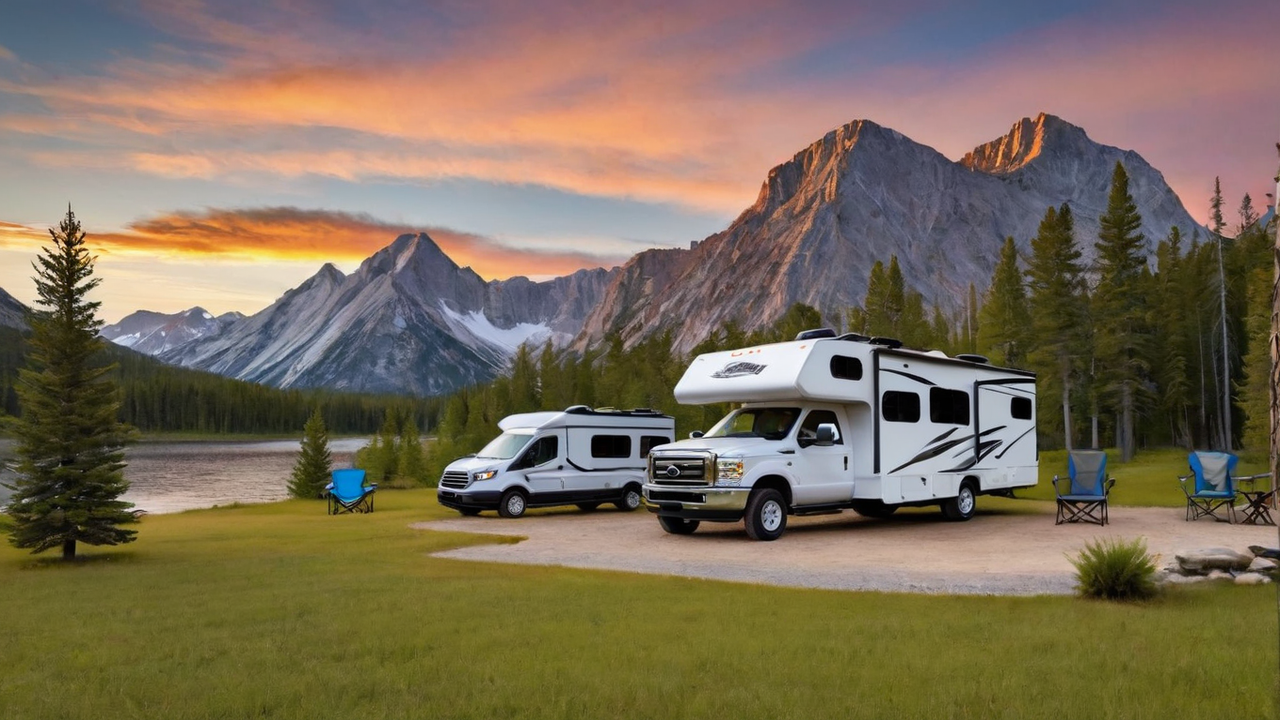Designing the Optimal User's Interface: Design Guidelines for Campground Software
Designing the Optimal User's Interface: Design Guidelines for Campground Software
Blog Article

Comprehending Your Users
Understanding who the target users is vital in creating an efficient user experience. It is important to take into account their requirements, preferences, and technology savviness. Such insight leads the designing decision, guaranteeing that the program is accessible and intuitive.
Knowing your users also implies recognizing the difficulties and how they plan to utilize the camping software. This allows designers to customize features and capabilities that meet specific requirements, thus making your software not only helpful but also indispensable.
Streamlining the Navigation
Streamlining the navigation can be one major aspect of interface design. An clear navigation structure makes sure users can readily find what they're searching for, reducing frustration and improving satisfaction levels. It's about the experience within the app as smooth and effortless as possible.
Furthermore, effective navigation guides visitors through your software, showcasing functions and tools that they might otherwise overlook. Such an approach not only improves user experience but also encourages deeper interaction with the campground software full array of capabilities.
Incorporating Premium Visuals
Graphics have a crucial part in making a engaging user interface. Visuals help in breaking up monotony and can demonstrate features more clearly than description alone. Choosing the appropriate images, icons, and color schemes can greatly enhance the overall appearance of the application, thereby making it more appealing to your eye.
Moreover, a consistent visual style is for creating a strong brand identity and trust among your users. Every element must be in alignment with the brand's principles and the overall message of your application, creating a seamless user experience that is both polished and welcoming.
Enhancing the Responsiveness
In the current digital world, users demand camping software to be responsive on every platforms, from desktops to smartphones. An responsive design ensures that no matter of what screen size, your software delivers an uncompromised user experience. This not only boosts usability but likewise caters to the users’ on-the-go lifestyle.
Moreover, enhancing the responsiveness can also result in better performance, decreasing the loading time and avoiding frustration. Users value a speedy and smooth experience when accessing campground applications, and this makes speed an aspect in user satisfaction.
Enhancing the Search Functionality
Searching for information swiftly is crucial in any kind of application, particularly in campground management. Optimizing the search feature permits visitors to effortlessly find what they're looking for, which in turn boosts their satisfaction and efficiency. By smart search capabilities, you can decrease the frustration and improve general satisfaction.
Moreover, advanced search options like filtering options and tagging can aid in narrowing down search results, making it process even efficient. Implementing these features shows an understanding of your user’s needs and an effort to enhancing the user’s interaction with the campground software as smooth and productive as possible.
Prioritizing Security
Security must be non-negotiable when coming to developing campground programs. Your users expect to be secure when providing their personal information. Ensuring robust security measures not only protects the data but also builds trust between the user and the brand.
Beyond basic security features like passwords and encryption, it's important to consider implementing additional options such as two-factor authentication or biometric security logins. Such measures provide additional layers of protection, further ensuring that customer information is held secure from unwanted access.
Utilizing User Feedback
Gathering feedback is essential for the continual development of any campground program. It enables the developers to grasp what is working, what doesn’t work, and how their software can be bettered to meet user needs. This feedback creates a sense of community between the users and your development team, which makes them feel like they are actively a part of your software’s journey.
Taking feedback effectively can lead in significant improvements in UI designs and the overall UX. Making changes based on real feedback demonstrates that the company values its customers and is dedicated to providing a superior experience.
Keeping Simplicity
Among design, simplicity is key. An unnecessarily complex interface can overwhelm users, leading in an negative UX. Simplicity, on the hand, makes the software more intuitive and user-friendly. It promotes more user engagement and satisfaction.
Furthermore, keeping the simplicity should also extend to the content and functionality. Avoiding unneeded features that don’t add real value can help ensure that the interface remains clean and focused on meeting the core needs of your users. By doing so, you can craft a more efficient UX that appeals with the more information target audience.
Report this page